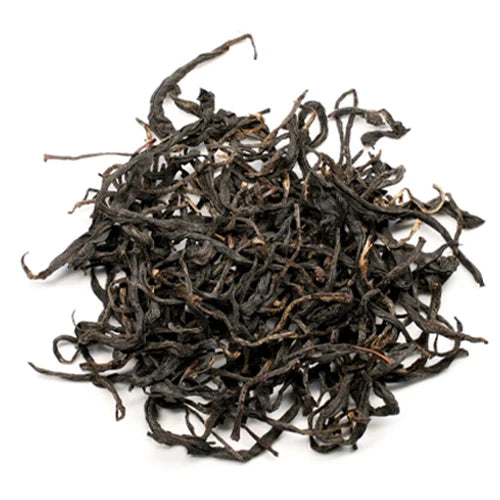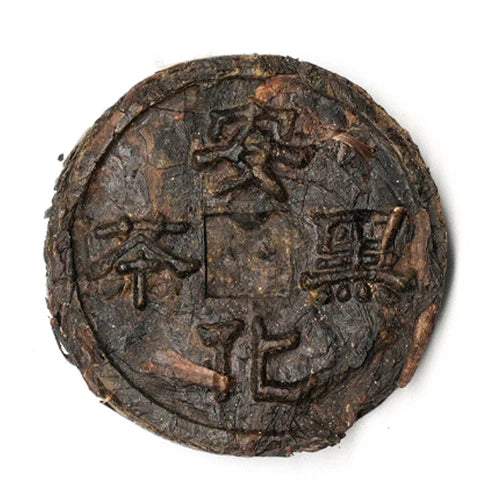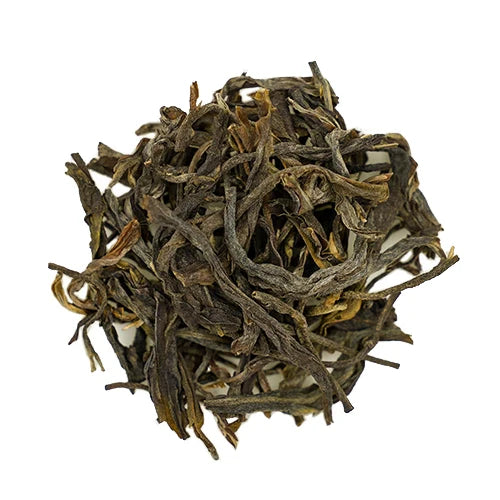Green tea, with its ancient history, boasts a wide array of varieties. According to statistics, there are hundreds of green tea varieties in China.
What is green tea?
Green tea refers to taking the new leaves or buds of the tea tree, unfermented, made by killing, shaping, drying, and other processes, retaining the natural substances of fresh leaves, containing the tea polyphenols, catechins, chlorophyll, caffeine, amino acids, vitamins, and other nutrients.
So, what is the difference between green tea and
oolong tea, black tea?
There is a very big difference between these three kinds of tea, but the most significant difference lies in the different production processes.
The following are the production processes of the three types of tea:
Loose leaf Green tea: killing, kneading, drying. It is an unfermented tea.
Loose leaf Black tea: withering, kneading, fermentation, drying. It is a fully fermented tea.
Loose leaf Oolong tea
:drying, drying, shaking, killing, twisting, drying. It is a semi-fermented tea.
How is green tea categorized?
(Bead Tea)
We typically categorize green tea based on harvesting time, quality standards, and tea-producing regions. However, according to the national standard GB/T14456,
loose leaf green tea are divided into large-leaf green tea, medium-small leaf green tea, bead tea, eyebrow tea, and steamed green tea.
- Large-leaf Green Tea: Made from the fresh leaves of large-leaf tea plants, this tea undergoes spreading, de-enzyming, rolling, drying, and shaping processes.
- Medium-Small Leaf Green Tea: Made from the buds, leaves, and tender stems of small-leaf tea plants, this tea is produced through de-enzyming, rolling, and drying techniques.
- Bead Tea: Produced from round de-enzymed green tea, this tea goes through procedures like sieving, winnowing, shaping, selecting, blending, and more to achieve its final form.
- Eyebrow Tea: Using elongated de-enzymed green tea as the raw material, it undergoes processes like sieving, cutting and rolling, winnowing, selecting, refining, and blending to become the final product.
- Steamed Green Tea: Made from the fresh leaves and tender stems of tea plants, this variety undergoes steam de-enzyming, rolling, drying, and shaping processes.
Experience the enchanting aroma and delicate flavors of iTeaworld's Loose Leaf Jasmine Tea: Unveiling the Essence of Tranquility. >>>
So, what do the terms "round de-enzyming", "elongated de-enzyming", and "steam de-enzyming" mean? This brings us to the processing of green tea. Depending on the de-enzyming and drying methods, green tea is divided into pan-fired green tea, roasted green tea, sun-dried green tea, and steamed green tea.
Green tea is classified based on the method of "de-enzyming" (also known as fixation), which can be divided into pan-frying and steaming. Within the same de-enzyming method, the division standard is based on the final drying method: if pan-frying is used for drying, it is called "pan-fired"; if it's dried in an oven, it's "oven-fired"; if sun-dried, it's "sun-dried".
Large-leaf green tea utilizes all four methods in its production, while medium-small leaf green tea typically only uses pan-frying and oven-drying methods for production.
1.Pan-fired Green Tea: This is the result of fresh leaves that have undergone the processes of de-enzyming, rolling, and then pan-drying.
Representative Teas: West Lake Dragon Well, Bi Luo Chun, Xin Yang Mao Jian, Ping Shui Zhu Tea, and Eyebrow Tea, etc.
Pan-fired green tea can further be categorized by its appearance into long pan-fired, round pan-fired, and flat pan-fired.
2.Oven-fired Green Tea: Fresh leaves that have undergone de-enzyming, rolling, and then oven-drying.
Representative Teas: Lu'an Melon Seed, Huangshan Maofeng, Jingting Green Snow, Yuexi Cuilan, etc.
Characterized by its intact appearance, deep green luster, distinct layered aroma, bright pale-green infusion, and a refreshing, mellow taste. Furthermore, oven-fired green tea is also used as a base for Jasmine tea.
3.Sun-dried Green Tea: Fresh leaves that have been de-enzymed, rolled, and then dried under the sun.
Representative Teas: Dian Qing (from Yunnan), Chuan Qing (from Sichuan), and Shan Qing (from Shaanxi), with Yunnan's large-leaf Dian Qing being of the best quality.
Noted for its stout and robust appearance, deep green sheen, high fragrance, bright yellow-green liquor, rich taste, and astringency. The commonly known Pu'er tea uses sun-dried raw tea from Yunnan's large-leaf variety, known as Dian Qing, which becomes raw Pu'er tea when pressed.
4.Steamed Green Tea: The earliest method of making Chinese green tea, distinct from the other three types. It employs hot steam to de-enzyme the fresh leaves, followed by rolling and drying.
Representative Teas: Enshi Yulu, Chinese Sencha (limited), Japanese Sencha, and Tencha, etc.
Recognized for its tight, straight form resembling pine needles, bright green color, fresh aroma, bright green infusion, fresh yet slightly astringent taste, and strong astringency. Steamed green tea boasts the three-green feature – green color, green infusion, and green leaves, presenting a captivating verdant allure.
Recommended green tea
There are many types of green tea, so how to choose the green tea that suits you?
We recommend that you choose some green tea collection packages, which will allow you to test out your favorite green tea at the lowest cost
For example, iTeaworld's
green tea sampler can meet your needs. There are 6 well-known Chinese green teas, including the above-mentioned Biluochun, Longjing, Huangshan Maofeng, Jasmine Green Tea, Enshi Yulu, etc.
You can taste green tea from different processes at one time, allowing you to find your favorite flavor.
Tea offers a plethora of flavors, from the bitter to the sweet. No matter the type, there will always be someone who appreciates its taste. After savoring green tea for so long, which variety have you been drinking? Feel free to share your thoughts in the comments.














































































